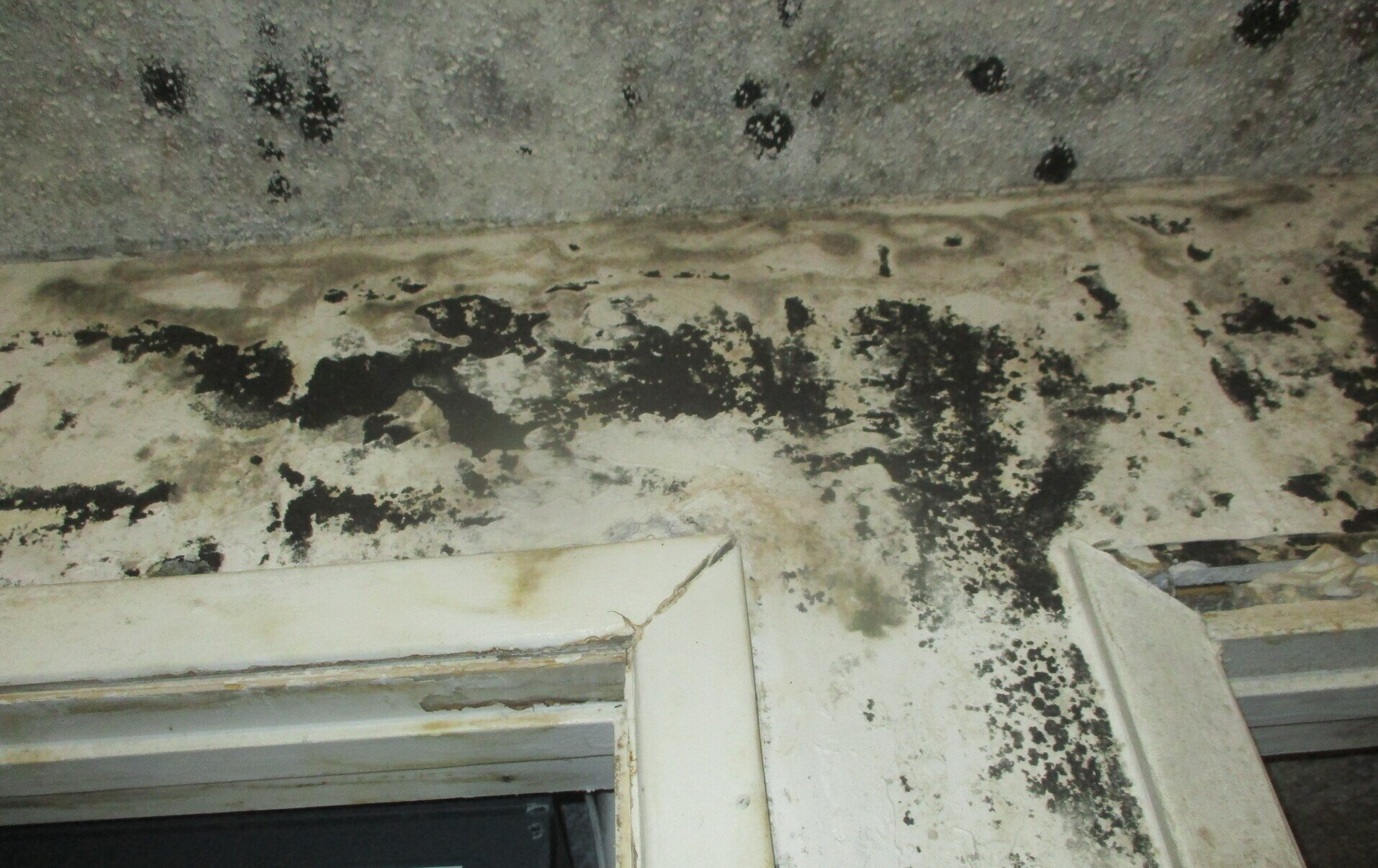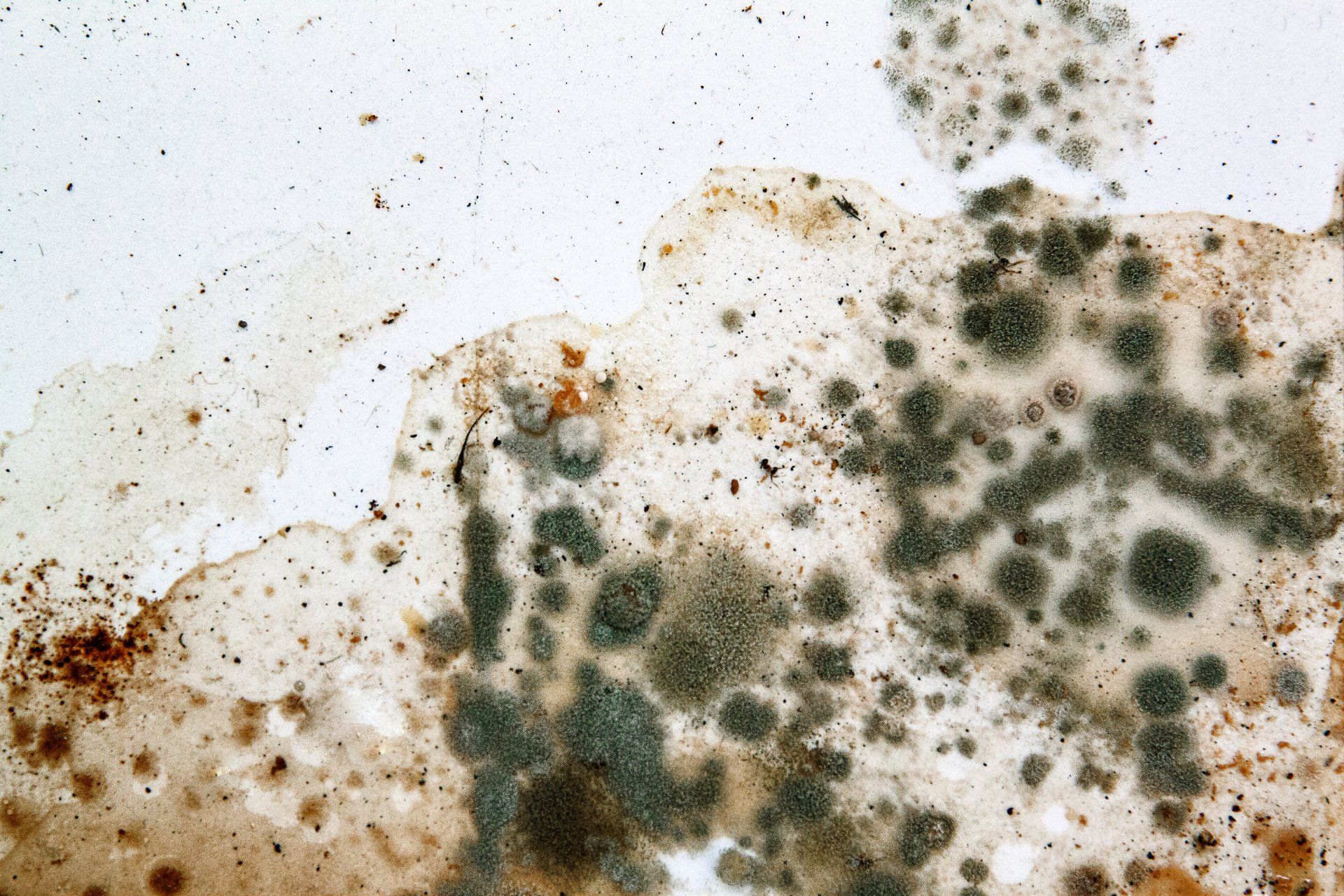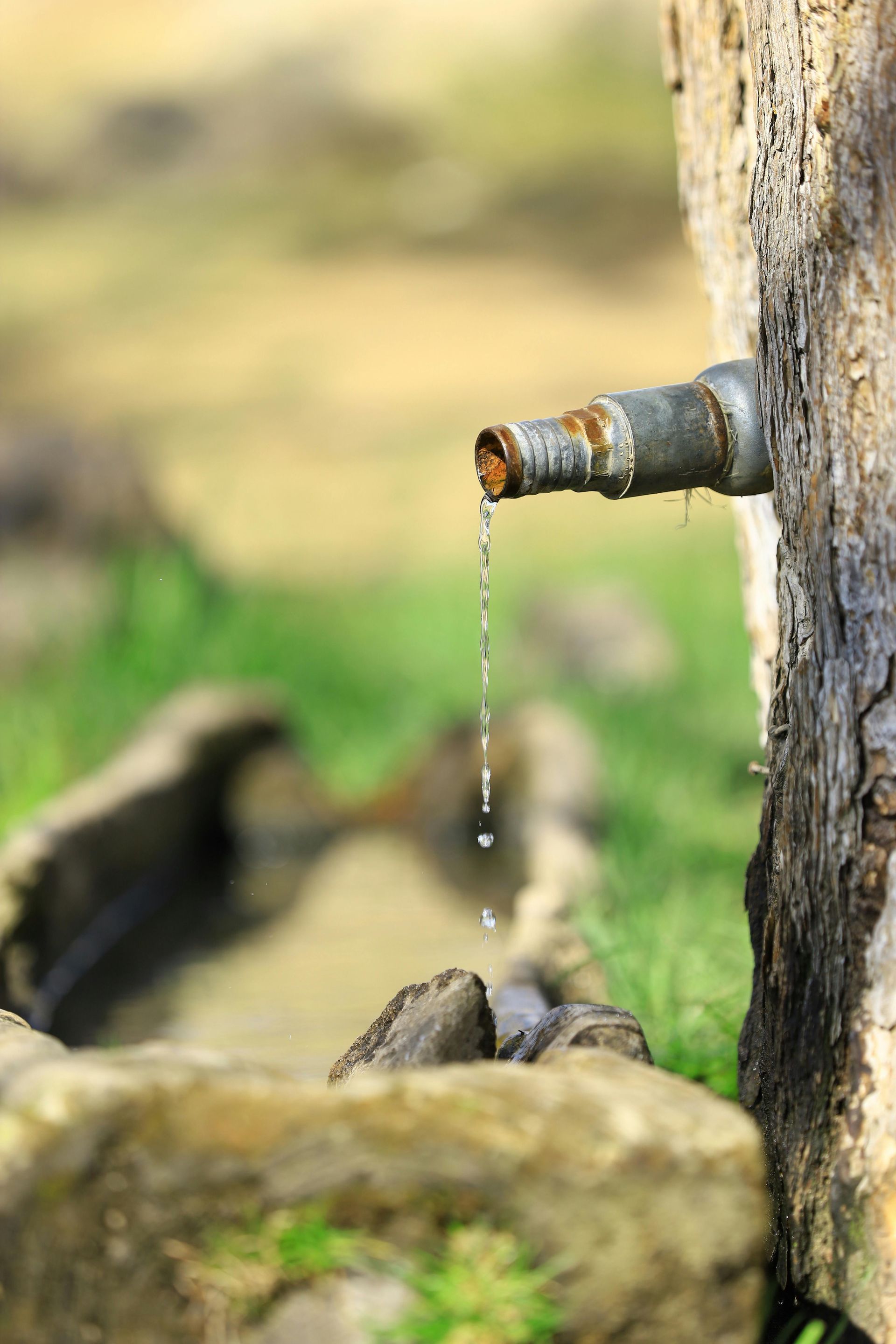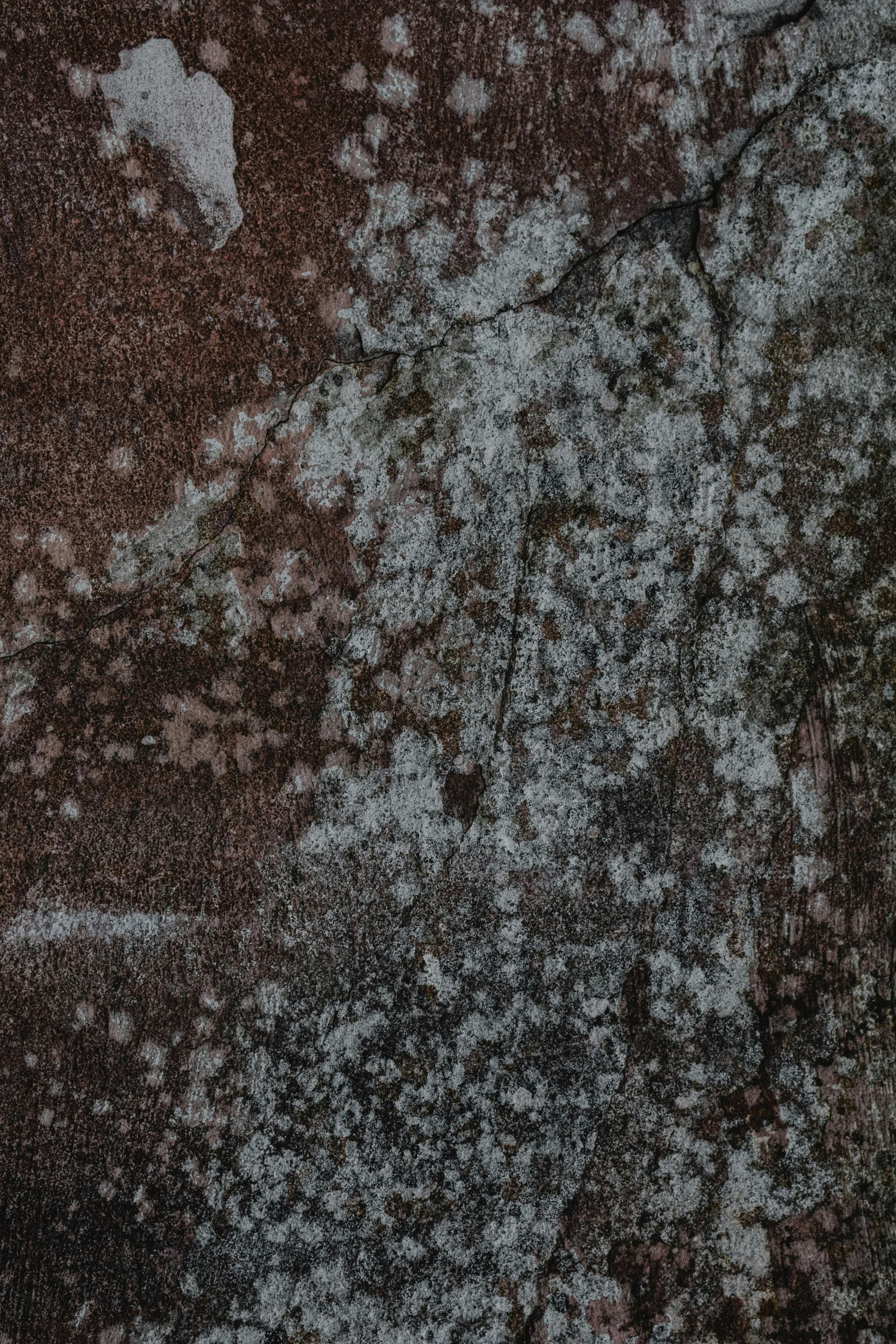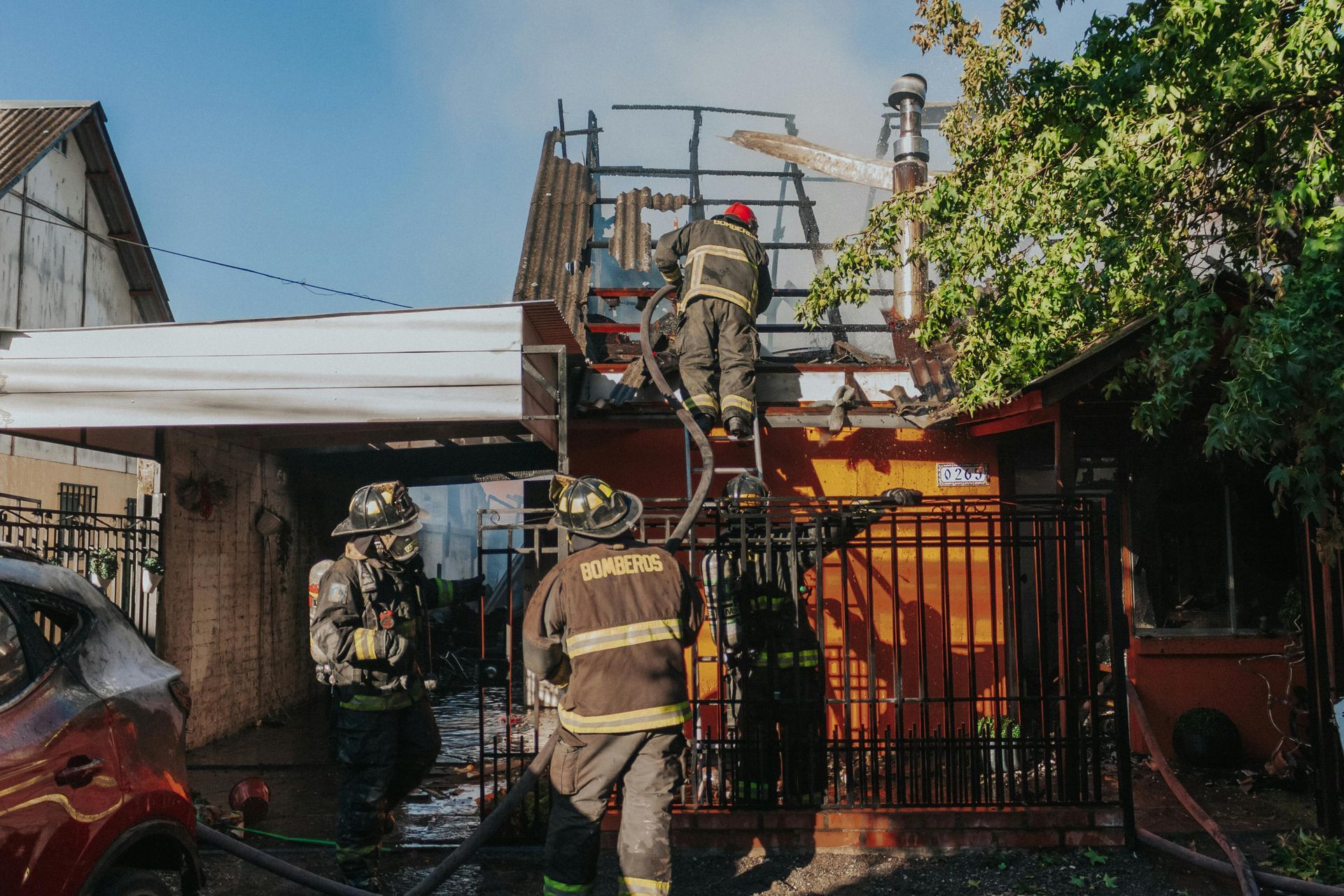Understanding the Causes of Mold Growth in Your Home
What Causes Mold in Your Home and How to Prevent It: A Complete Guide
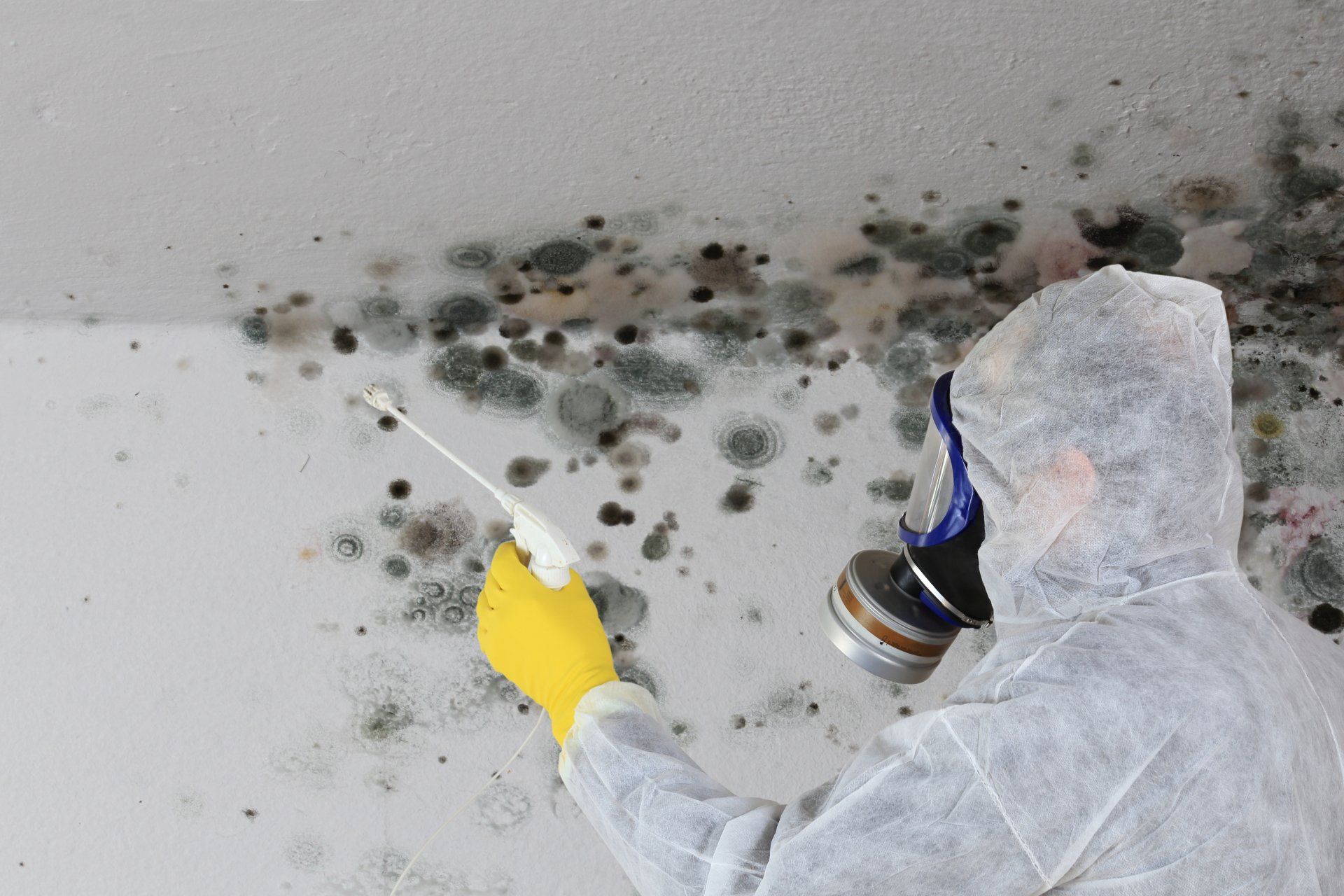
Mold is a type of fungus that can grow almost anywhere, especially in damp and humid environments. It can cause serious health problems if it grows in the home, so it's important to identify what causes mold growth and how to prevent it. This guide will explain what causes mold and the different ways you can reduce your risk of having it in your home.
Understanding the Causes of Mold
Let's take a look at what causes mold and how to prevent it. We will explore the various factors that contribute to mold growth, such as moisture, high humidity, poor ventilation, water damage, poor cleaning habits, and more.
Moisture
Moisture is a key component for mold to grow, and excessive moisture in the home can lead to mold growth. Various sources of moisture, such as leaks, condensation, and high humidity levels, contribute significantly to mildew growth. Leaks are one of the main causes of excess moisture in the home. These can come from plumbing fixtures, such as a water heater or leaky pipes that are not well-maintained.
Condensation can also be a source of moisture in your home; this is when the warm air inside comes into contact with cooler surfaces, like windows and metal pipes, leading to droplets forming on these surfaces. High humidity levels are another cause of mildew growth; when the relative humidity in your home is higher than 50%, it can be an ideal environment for mildew formation.
It is important to address any of these sources of moisture as soon as possible in order to prevent mold from forming in your home and causing potential health risks.
Poor Ventilation
Poor ventilation can be a major contributing factor to mold growth in homes and buildings. Poor air circulation prevents moisture from evaporating, creating ideal conditions for mold growth. Inadequate ventilation can also lead to high humidity levels, which can increase the chances of mold even further. Without proper air circulation, damp rooms with insufficient airflow will only become more humid, providing the perfect environment for mold to grow.
Adequate ventilation is essential—ensuring that damp air is replaced with fresh dry air and moisture can dissipate. This keeps humidity levels in check and prevents the kind of environment where mold can thrive. Therefore, it's important to ensure that there is proper air circulation in your home or business to help reduce the risk of mold. Incorporating exhaust fans and open windows are just some of the ways you can increase ventilation and prevent mold growth.
Water Damage
Water damage is an important factor in mold growth. Mold needs a moist environment to thrive, and water damage can provide the perfect conditions for it to do so. Even small amounts of water damage, such as a leak or seepage from outside, can create ideal conditions for mold growth if left unaddressed.
Moist air resulting from water damage can produce high relative humidity, which is the perfect environment for mold growth. Additionally, water-damaged materials such as wood and wallboard provide organic material that allows mold to feed on. As soon as water damage occurs, it is important to address the issue to prevent a potential mold problem.
Removing excess moisture quickly and completely is essential in order to stop mold from growing. Failure to do so can result in significant health risks as well as costly repairs. Proper assessment and mitigation of water damage is the best way to avoid mold infestation and ensure long-term safety and well-being.
High Humidity
High humidity is one of the main contributing factors to mold growth. When moisture accumulates in a confined space, it creates an ideal breeding ground for mold. Excess moisture in the air can be caused by several different everyday indoor activities such as cooking, showering, and even breathing. With each of these activities releasing water vapor into the atmosphere, the humidity levels in the room increase and can cause mildew to form.
Therefore, it is important to keep indoor humidity levels low in order to prevent mold growth. The best way to achieve this is by using a dehumidifier or through ventilation of the area. Additionally, proper maintenance of plumbing systems helps ensure any leaks are contained and do not become the source of high humidity.
By following these steps, you can reduce the risk of mold growth and make your home a healthier environment for everyone.
Poor Insulation
Poor insulation can significantly contribute to mold growth in your home. Uninsulated walls and ceilings create temperature fluctuations that can cause condensation, creating an ideal environment for mold growth. Warmer air comes in contact with colder surfaces and causes moisture to form on these surfaces, making them more prone to the growth of molds.
Inadequate insulation also results in the accumulation of moisture in wall cavities, which can cause condensation and create a breeding ground for mold spores. Poor insulation not only causes temperature fluctuations that lead to condensation, but it can also allow outside air into your home, bringing with it excess moisture and mold spores that are then able to thrive in your home's environment.
Poor insulation can be a major cause of mold growth in your home, and it is important to ensure that your home's insulation is up to standard. Doing so can help protect you and your family from the health risks associated with mold growth.
Lack of Sunlight
Sunlight plays a vital role in inhibiting the growth of mold and mildew. Areas that receive little to no sunlight are more likely to be damp, creating an ideal environment for mold growth. Sunlight helps reduce humidity levels by evaporating water from surfaces, which inhibits the growth of mold spores.
It is essential to make sure that they receive enough sunlight every day to prevent mold in these dark areas. Keeping windows open during the day and using dehumidifiers also helps reduce moisture levels that can encourage mold growth. Additionally, proper ventilation in dark areas helps remove excess moisture and further reduces humidity and dampness. Taking these steps will help keep your home free from mold and mildew.
Mold and mildew can cause serious health issues, so it is important to maintain adequate levels of sunlight in all parts of your home. If you suspect that there may be an issue with mold or mildew, contact a professional for further inspection and advice on the best course of action.
Poor Cleaning Habits
Poor cleaning habits can contribute to mold growth in many ways. Dust, dirt, and other debris in the home can provide food sources for mold spores to grow. This is especially true in basements, which could have higher levels of moisture and dust due to low air circulation.
Additionally, failing to clean up spills or moisture sources quickly enough can create ideal conditions for mold growth. Cleaning regularly can help reduce the amount of organic material that can be used as food by mold spores and therefore reduce the chances of mold growth. It is important to stay on top of cleaning in areas prone to moisture buildup, such as kitchens and bathrooms, as well as in basements.
Regularly wiping down surfaces, vacuuming regularly, and mopping floors can help keep dust and dirt from accumulating in the home. Additionally, using a dehumidifier in areas prone to moisture buildup can help reduce the risk of mold growth as well.
Organic Materials
Organic materials such as wood, paper, and fabric provide the perfect food source for mold growth. These materials can become damp or wet, providing a hospitable environment for mold spores to settle and begin to grow. Drywall and insulation are particularly susceptible because of their porous nature, allowing water to seep into the material and create ideal conditions for mold growth.
The presence of water or moisture behind walls, floors, and other surfaces makes these materials ideal breeding grounds for mold, allowing it to spread quickly and put occupants' health at risk. Taking steps to reduce moisture levels in the home is key to preventing the growth of mold and keeping people safe from its effects.
How to Prevent Mold in Your Home
Homeowners can take multiple steps to prevent mold growth in their homes. Check out the following:
- Monitoring indoor humidity levels and keeping them below 60%: Monitoring indoor humidity levels below 60% is essential for preventing mold growth. This can be done by running a dehumidifier to reduce the moisture in the air and circulating fresh air throughout the home on a regular basis. Additionally, keeping surfaces clean and dry also helps to regulate humidity levels behind walls and other hard-to-reach spots.
- Properly ventilating bathrooms and kitchens during and after use: Properly ventilating bathrooms and kitchens helps reduce the chances of mold growth by allowing moisture to escape outside. This should include opening windows, running the fan during and after use, and making sure that exhausts are working correctly. Additionally, using an extractor fan in areas that generate a lot of steam, such as showers, can help keep air circulating and humidity levels in check.
- Fixing leaks and addressing water damage promptly: Fixing leaks and addressing water damage promptly is an important step in preventing mold growth. This includes identifying the source of any leaks, drying out the area completely with fans or a dehumidifier, and repairing any structural damage immediately. Failure to do this can leave damp areas behind walls and floors, providing an ideal environment for mold to grow.
- Ensuring adequate insulation to prevent condensation: Ensuring adequate insulation helps to prevent condensation from building up on inner walls and ceilings, which can lead to mold growth. Additionally, using a humidistat to regulate indoor humidity levels and adding weather stripping around windows and doors can also help keep moisture levels in check behind the scenes.
- Cleaning and maintaining HVAC systems, including filters and ducts: Cleaning and maintaining HVAC systems, including filters and ducts, is an important way to prevent the growth of mold. Regularly changing the air filter can help keep out particles that may cause mold behind walls or other hard-to-reach areas. Additionally, regularly checking your ducts for dirt buildup can reduce the risk of mold spores traveling through the system.
- Regularly cleaning and dusting the home: Regularly cleaning and dusting your home can help prevent mold growth by removing potential food sources for it to feed on, such as dirt and dust. Areas like bathrooms and kitchens, where moisture is more common, require extra attention when cleaning in order to reduce the likelihood of mold growing behind walls or other hard-to-reach areas.
- Using mold-resistant products in areas of high moisture, such as bathrooms and basements: Using mold-resistant products in bathrooms and basements is another way to prevent mold from growing. Mold spores can be found in many places, including wallpaper, paint, grout, and ceilings. By using mold-resistant materials such as tile or drywall, it helps reduce the risk of these spores finding a place to grow. Additionally, installing a dehumidifier in areas of high moisture can help keep the environment less hospitable for mold growth.
Mold Problems? Call Sunshine Restoration!
We have outlined the causes and prevention methods of mold in your home. Excess moisture and moist air are key triggers for mold formation, leading to a range of health issues. Homeowners can take several proactive steps to prevent mold growth, such as preventing water damage by regularly checking toilets, sinks, and pipes for leaks; reducing humidity levels; monitoring the temperature of rooms; and regular cleaning with detergents and vinegar solutions.
A professional mold remediation services provider, such as Sunshine Restoration, should be contacted if a problem arises. It is important to be aware of the causes and prevention methods of mold to ensure a healthy environment in your home. Prevention is key when dealing with mold, so it is best to regularly inspect your home and take proactive steps to reduce the likelihood of a problem.
If you do find yourself in need of professional remediation services, turn to Sunshine Restoration for reliable support. Contact us today for more information!



